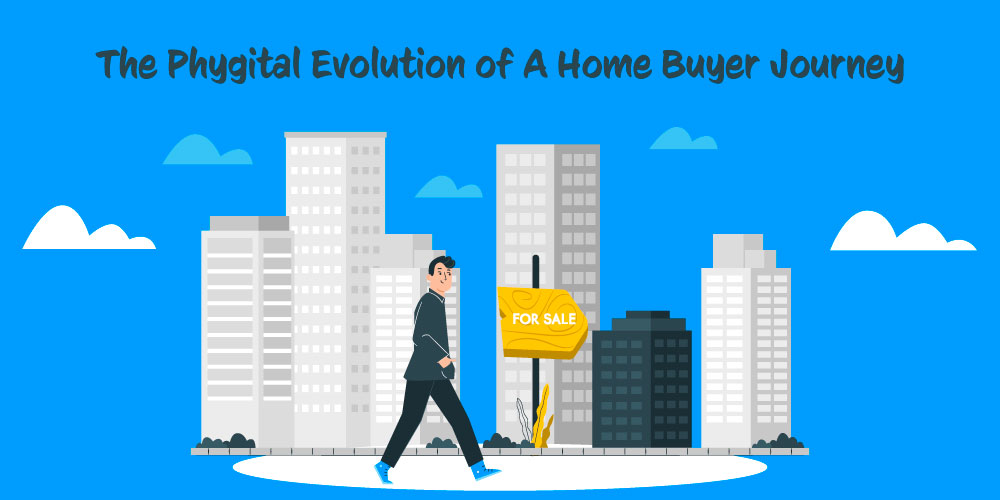March 2020 came with a rude shock and brought the whole world to a standstill. Real Estate was one of the worst-hit sectors; the demand slowed and subsequently, the property prices came crashing down. However, the housing market has now been showing signs of recovery and sales increased by 51% in Q4 compared to Q3, 2020.
Knight Frank and industry bodies like FICCI and NAREDCO report* that the current market sentiments look optimistic across regions.
(*Source: http://www.naredco.in/notification/pdfs/jll-residential-market-update-q4-2020.pdf)
Another trend has emerged too. Homebuyers are more accepting than ever to complete their home purchase process completely online – from inquiry to payment. (Source: NAREDCO). That is what we will discuss in this article today – the transformation of the home buyer journey, and what real estate marketers can do at each step to steer them towards closure.
While speaking to leading realtors from TATA Realty, Mahindra World City, and more, we uncovered what realtors need to keep in mind as they transition to a digital model. The conversation also unfolded new digital touchpoints in the home buyer journey.
“Developers were late to the digital transition. Design, project management, and property management did use some technology in the last two decades. But, lead generation, artificial intelligence, sales & CRM, virtual tours, digital marketing, online applications, and customer onboarding were only added recently to the digital transformation mix.”
– Mr. Sunjay Dutt, MD. and CEO of Tata Housing Development Company Ltd.
Let us understand how these digital additions are helping the home buyer journey evolve in the present times.
Stage 0: Slumber
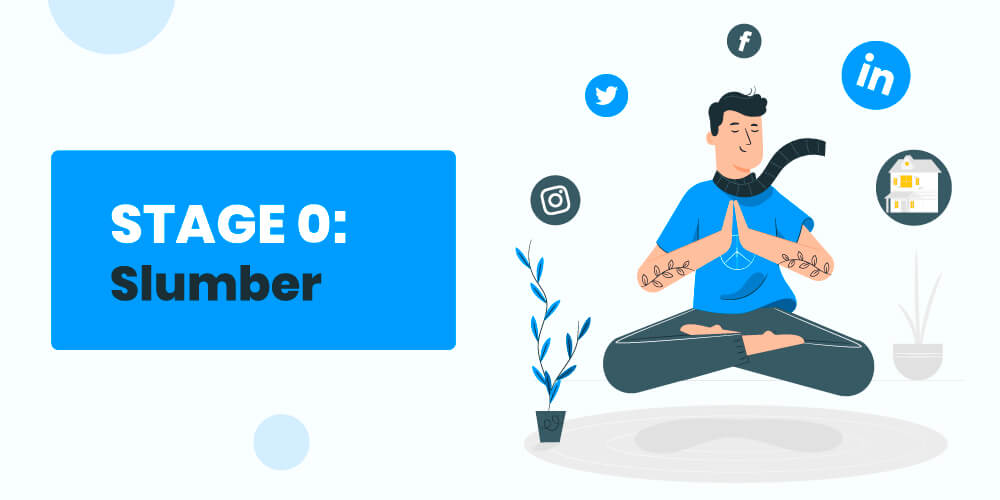
Slumber is the first stage of a customer lifecycle where the potential customer sleeps through even the most prominent ads. They passively take in information by listening to peers, reading the news, and subconsciously absorbing advertisements around.
Slumber is one of the most critical stages in a home buyer journey. At this stage, customers form an opinion about different developers.
From a developer’s perspective, this stage mostly entails biding time and ensuring that you receive only good publicity. Developers must focus on their relationships with customers and offer a smooth buying experience to prospects. They must also take care of the visitors’ safety on sites and highlight the same in the marketing campaigns.
Also, several prospects who were in the later stages of their home buyer journey before the pandemic have now fallen back into this stage. Hence they will need some more time and possibly nurturing to move further along the funnel.
Stage 1: Awareness
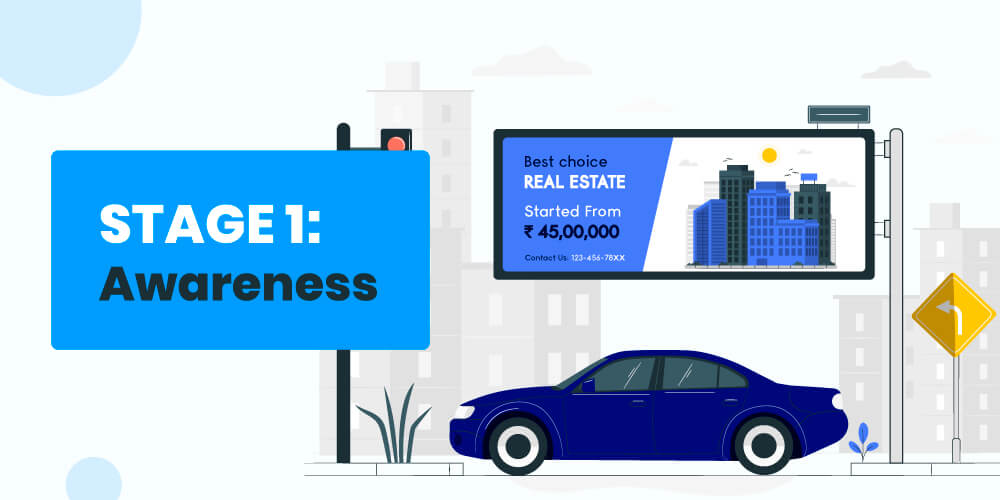
The home buyer reaches the awareness stage when he/she starts to consider buying a property. They start noticing the various options around them. Earlier, developers relied more on offline strategies to create awareness about their properties. But the pandemic has made digital marketing the go-to method for reaching out to potential customers during this stage.
Mr. Dutt adds, “Digital strategy in the residential segment has moved from being a component to being a critical component for growth. Developers are spending nearly 70% of their sales and marketing budget on digital strategies. It is important to note that even customers have responded well to digital solutions given the health and safety constraints of the pandemic and the lockdown. The explosive growth of social media and cloud-based solutions has created digital footprints that have been extensively monetized by social platforms and search engines.”
To own a home is everyone’s dream. Thus, even in the absence of offline marketing and housing events, developers must ensure brand visibility.
You can achieve this via retargeting ads through the right channel at the right time to stay on top of their minds. Use social media and Google ads retargeting to keep in touch with prospects along their home buying journey. Tune your content to stay relevant to the platform and audience. For example, market on LinkedIn to target people with reliable income streams, who are possibly open to investment.
Stage 2: Active search
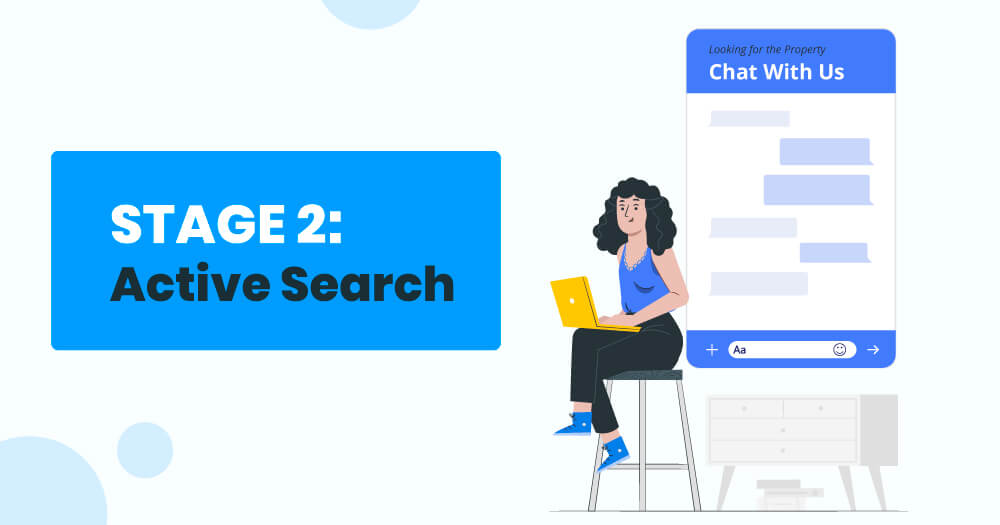
The prospect is yet to enter your sales funnel. But they have started their search for relevant properties.
In this era of the internet, information is available to everyone – in no time. Thus, we can say, the buyer might be already aware of the developers, projects, and more.
At this stage, the homebuyer focuses on their financial health and the trends in the current market. They must be looking at finance options, returns, and the best time for investment. Therefore, developers have an opportunity to build themselves as a go-to source for property and investment. Newsletters, articles, online PR events are some of the ways to go about it. It will help them build trust in the minds of the customers.
Before the pandemic, real estate marketing involved both – ATL (Above The Line) and BTL (Below The Line) channels. But the pandemic has shifted marketing activities from BTL to ATL channels and mass targeting for brand visibility.
Where should you focus?
To increase your brand visibility, focus on newspapers, hoardings, social media channels, and radio ads.
ATL media are great for mass targeting. Usually, developers mention their contact information while advertising on these channels. It helps the home buyer to reach out to the developer (if they are interested in the project) – bridging the gap between online and personal interaction. And the phygital engagement has now begun between the developers and the home buyers.
“The real estate sector has its ups and downs. Especially, the residential asset class is going through a cyclic turn. And now it is gradually moving up. People have started feeling that they need large houses because they have started working from home. So, the trend will change now. We have done a residential project in Chennai, and we have seen a rise in the velocity of demand.”
Mr. Anuj Bindal, Head-Business Development, and Marketing at Mahindra World City, Jaipur
How can a developer capture this engagement and improve the home buyer journey?
Use tools such as chatbots to respond to the queries on your website and real estate sales execution CRM to track every interaction. Using real estate CRM software, you can track all interactions – from the time a buyer inquires about your property to the final sale.
Now you must be wondering, what if the lead enquires about the property on two platforms – say MagicBricks and Google Ads.
Well, your CRM software can figure out that the inquiry is from the same lead, and instead of creating multiple records, it will add it as a lead-activity. Thus, ensuring that you capture the interaction smartly. Moreover, the software will automatically segregate inquiries based on their interest. For example, there will be buckets for commercial, residential properties. Also, it can segment leads based on location, investment budget, and other parameters.
Next, you can automatically distribute the inquiries to the telesales agents and notify them to follow-up the lead along with relevant details. You can also integrate telephony/cloud calling with the CRM system to allow calling/following-up with prospects from the portal itself.
Attending the lead in time will ensure that the buyer does not swing to the competition.
Stage 3: Weighing options
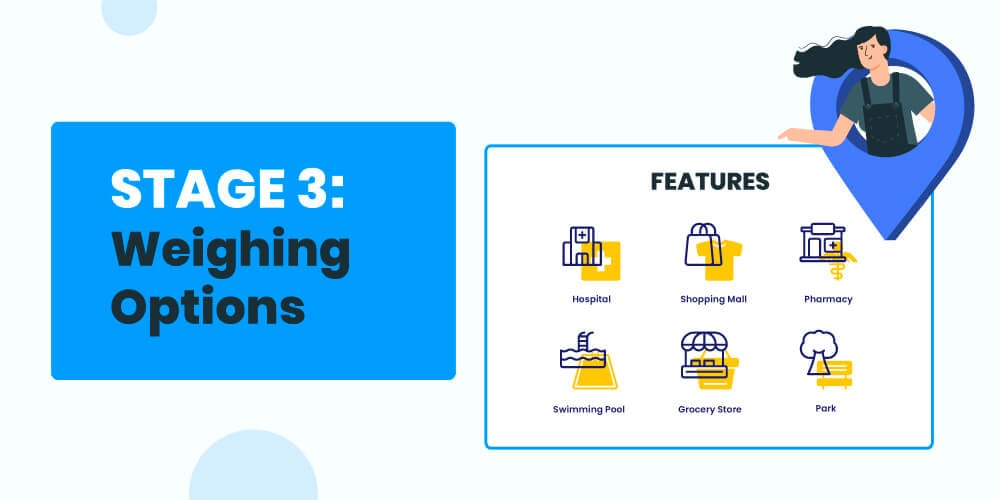
The buyer has moved on from Stage 2 to 3 and is more informed now. They are now searching for specific items on their list and have entered a comparison mindset. A property with all the items on the checklist will be their ideal deal.
Now, why should they invest in your property?
There is an opportunity for developers to differentiate themselves from the competition. Be proactive and get ahead in the list by highlighting the unique aspects of your projects. Publish focused online material around the key differentiating features such as project, location, amenities, and more. It will help the home buyer make a more informed decision about what fits their wants. It can also tip the scales in your favor.
Understanding the digital footprint of the home buyer is another aspect that is important while pursuing an inquiry. Artificial intelligence and machine learning play an important role in the phygital evolution of a home buyer journey by offering many new insights into potential customers. Developers can now push relevant properties and localities based on their search inquiries directly on the website via such tools.
Stage 4: Gathering Experience

Gathering experience is a very delicate stage. The developer must deliver a consistent experience until here for a successful conversion. Site visits and in-person discussions with the home buyer are crucial in cementing a deal.
This stage was one of the key reasons why real estate sales had slowed down. Many developers are now leveraging the phygital experience by giving a choice to the buyers. For instance, the buyer can choose between a site visit and live video sessions, digital walkthroughs, augmented reality, and more.
Usually, the telesales agents are the ones who interact with the buyers first. Based on the disposition, they pass the lead details to the field sales agents. Field agents then take care of the site visit experience.
Now, developers must think of ways to improve this experience. For instance, instead of calling the prospect many times to confirm the visit, send a calendar invite to schedule the site visit. If the site visit is canceled, send an automated notification to the field rep and reschedule the meeting.
How to enhance customer experience during site visits?
With their permission, record the interaction. If you are giving a virtual tour, it would be easy for you to record the conversation. If it is a site visit, take feedback, and make notes. Use this information to understand their sentiments and send relevant nurturing campaigns.
Also, equip your field agents with mobility apps (for example, mobile CRM) to record disposition, add meeting notes, and more on the go. There has been an increase in demand for mobility/field apps in the real estate industry. It helps the field reps and managers with data management, attendance management, geo-tracking, chat support, and more. Such tools can help with data-driven insights that can improve the home buyer journey further.
To further cement his beliefs about your services, the buyer will reach out to existing customers and consult his peers. Thus, be ready with testimonials and contact details of happy customers who can influence your prospect in his buying journey. A healthy offline and online connection is a must to improve your odds.
Stage 5: Purchase
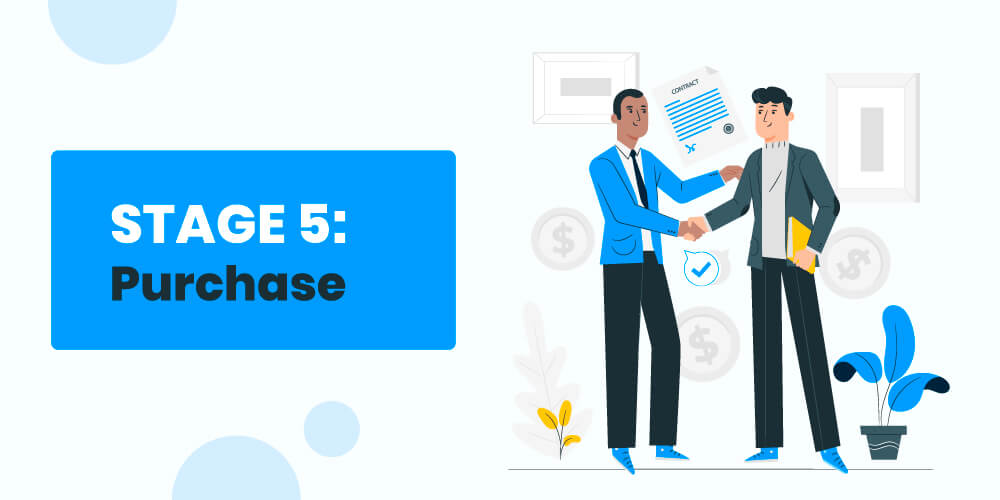
The Purchase stage is about signing the sales deed and any related documentation. Therefore, all the stakeholders must be in sync to avoid any confusion at this stage.
Try to simplify this stage as much as you can. Use paperless processes such as e-sign and eKYC or video KYC verifications. It also helps overseas investors to buy your property easily. The point is – a home buyer journey will always help you increase sales.
The bottom line
Real estate was one of the worst affected segments in India due to the pandemic. The government is now trying to incentivize new investments in real estate. With Pradhan Mantri Awas Yojana (PMAY) and extending benefits on affordable housing for another year, the government aims to revive the real estate sector.
The combined effect from the government initiatives and the rising investment intent of customers indicates a better future for the real estate sector. While the physical site visits are prone to get back their momentum, digital trends are there to stay. Thus, realtors must adopt the phygital model and leverage different touchpoints of the home buyer journey.
Find out how LeadSquared Real Estate CRM can help you map a seamless home buyer journey. Sign up for a demo now!







